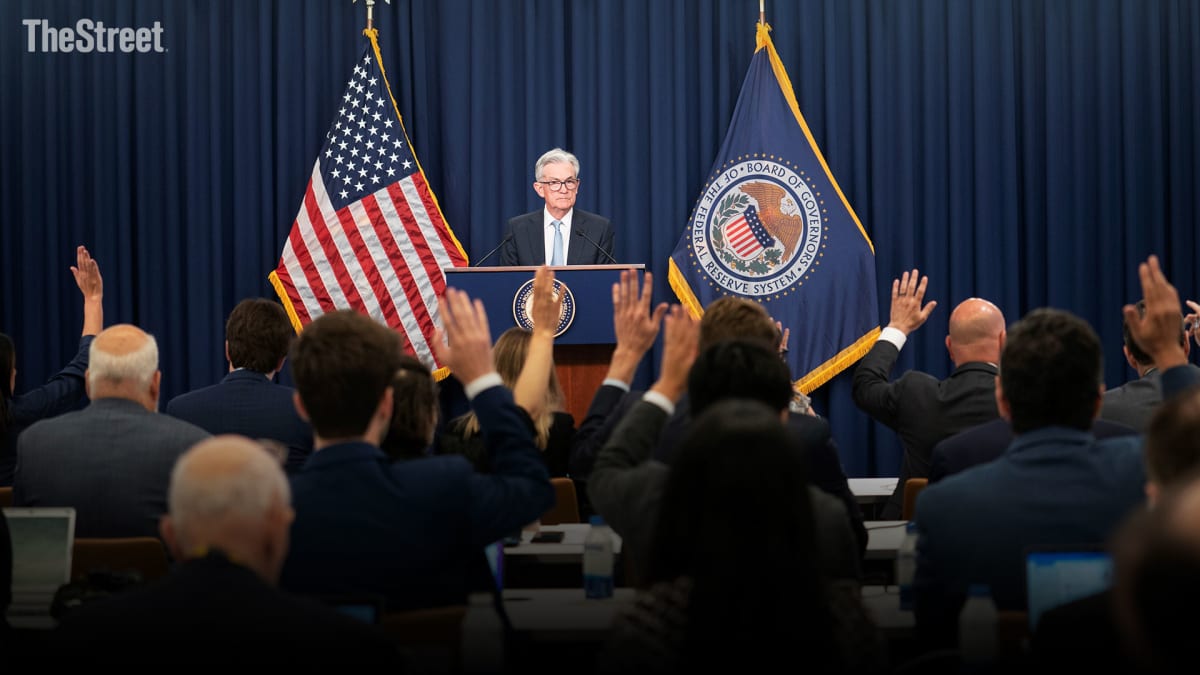
The Federal Reserve delivered its fourth major rate hike in succession Wednesday, amid one of the most aggressive tightening cycles since the Paul Volcker era of the early 1980s, but noted that future decisions will take into account their 'cumulative' impact on the broader domestic economy.
The Fed lifted its Fed Funds rate by 75 basis points, matching the biggest move since 1994, to a range of 3.75% to 4%, the highest since 2008, and said near-term rate moves would be needed in order to combat the fastest inflation in nearly four decades. The vote was unanimous, the Fed said.
"The Committee anticipates that ongoing increases in the target range will be appropriate in order to attain a stance of monetary policy that is sufficiently restrictive to return inflation to 2% over time," the Fed statement indicated. "In determining the pace of future increases in the target range, the Committee will take into account the cumulative tightening of monetary policy, the lags with which monetary policy affects economic activity and inflation, and economic and financial developments."
"In assessing the appropriate stance of monetary policy, the Committee will continue to monitor the implications of incoming information for the economic outlook," the statement added. "The Committee would be prepared to adjust the stance of monetary policy as appropriate if risks emerge that could impede the attainment of the Committee's goals.
U.S. stocks turned higher following the Fed decision, but pared gains sharply after Fed Chair Jerome Powell told reporters in Washington that it was "premature" to consider a pause in future hikes, adding that ""if you under-tighten, it is a year or two down the road you realize you haven't got inflation under control."
The Dow Jones Industrial Average closed 505.4 points lower on the session while the S&P 500 fell 96.4 points. Benchmark 10-year Treasury note yields ended the day little-changed at 4.05%.
The U.S. dollar index, meanwhile, was marked 0.5% higher at 112.052 in the wake of the Fed announcement and Powell's press conference in Washington.
"The statement has changed significantly, with the addition of language indicating that the Fed is now attentive to the likely impact of its previous actions," said Ian Shepherdson of Pantheon Macroeconomics. "
"This strikes us as a clear signal that wave of 75bp hikes is over, unless the data between now and the December meeting -- including two rounds of inflation and labor market reports -- are unexpectedly awful," he added. "We don’t expect that, so we think markets now will gravitate towards a 50 basis point hike in December. We’re not ruling out 25 basis points, if the data co-operate, but whatever happens in December we doubt the Fed will be hiking again next year."
The CME Group's FedWatch tool now suggests a 34.8% chance of another 75 basis point December, with bets on a smaller 50 basis point move at 59.4%.
The Atlanta Federal Reserve's GDPNow forecasting tool, a real-time benchmark, suggests U.S. economic growth is expanding at a 2.6% clip this quarter, matching the better-than-expected 2.6% third quarter estimate published by the Commerce Department earlier this month.
However, while the Fed's preferred measure of inflation, the core PCE price index, eased modestly last month, but is still running at a 4.9% annual clip.
Headline inflation is within touching distance of the fastest pace in four decades, personal incomes are also moving higher, and the September JOLTS report suggest some 10.7 million positions remained unfilled, a precursor to faster wage growth over the final months of the year as holiday hiring intensifies.







